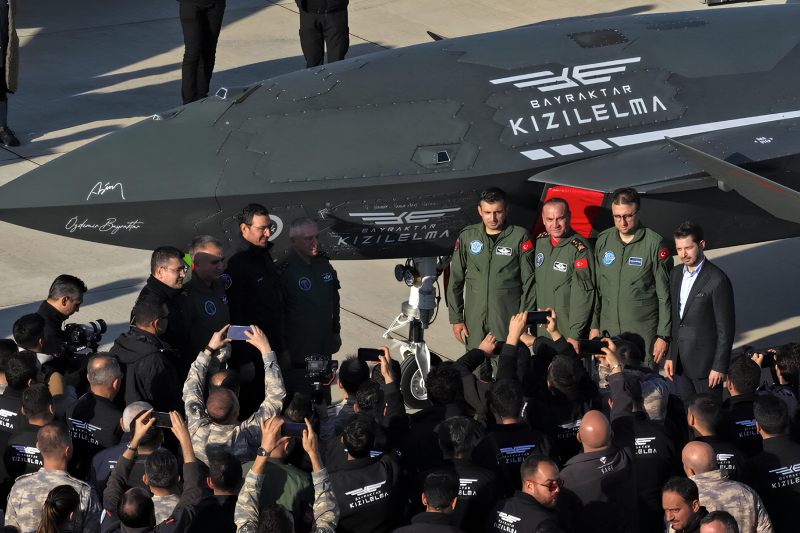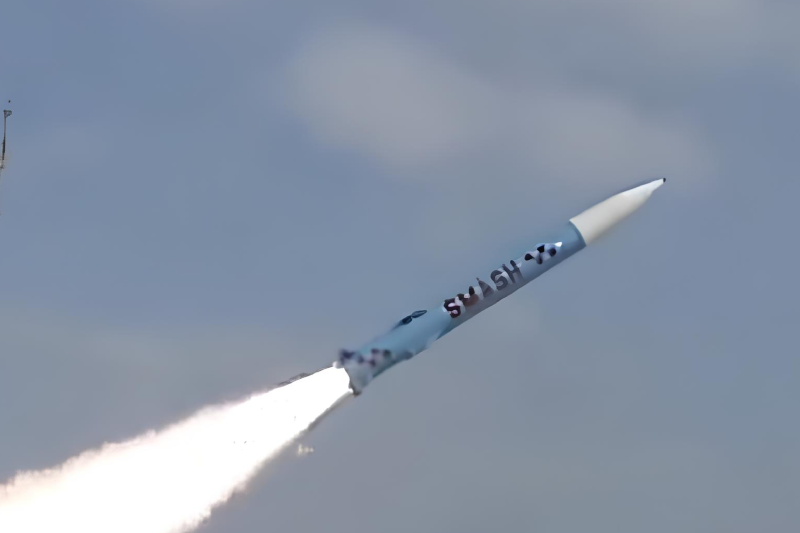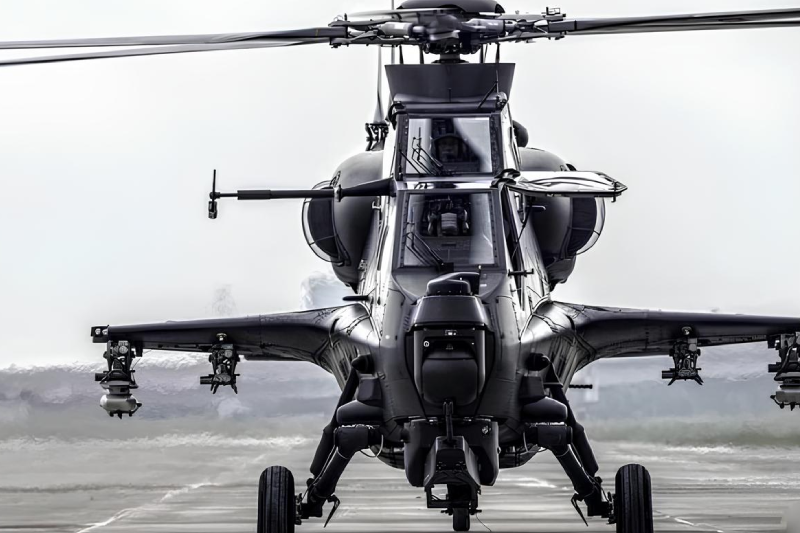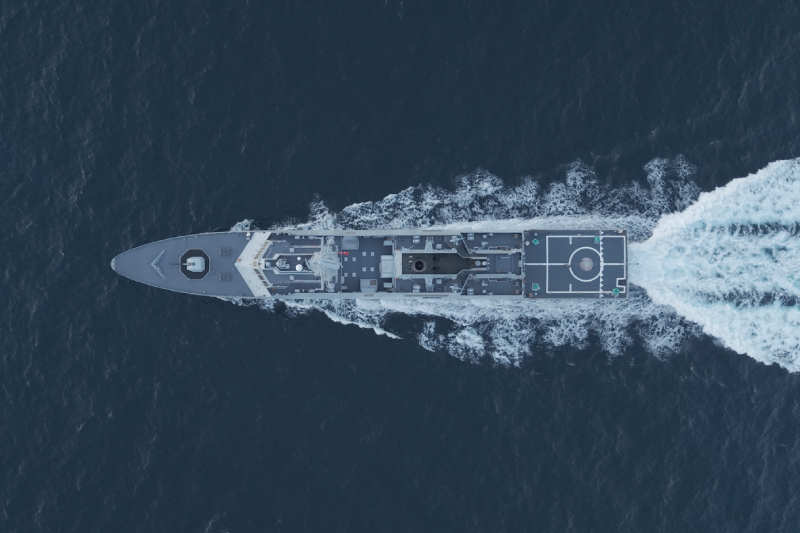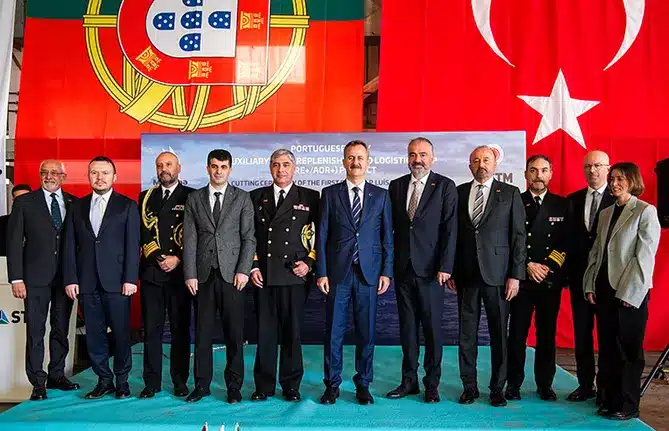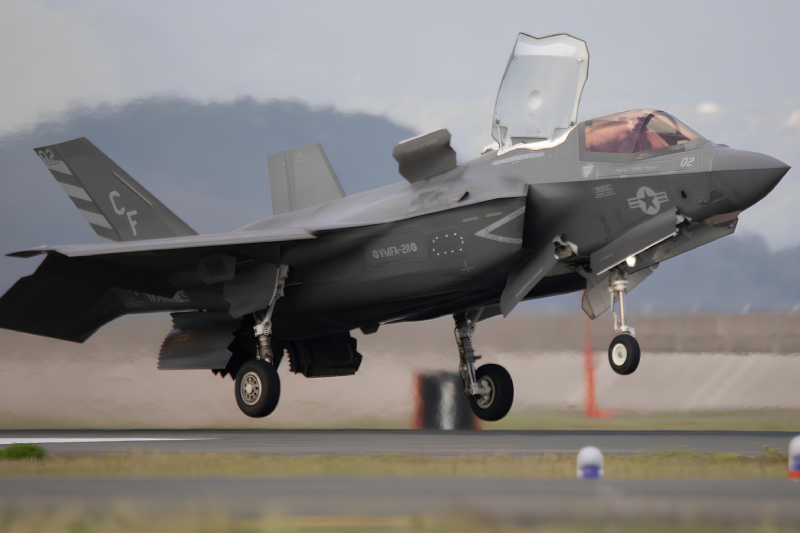Japan To Receive Initial Delivery Of F-35B Stealth Jets
Japan’s defense modernization reaches a crucial milestone as the first Japan F-35B Lightning II fighters prepare to arrive in-country within days, marking a significant enhancement to the nation’s military capabilities. The arrival of these advanced Short Take Off and Vertical Landing (STOVL) aircraft represents Japan’s commitment to strengthening its defense posture, with the country currently holding the largest Japan F-35B order outside the United States as part of its comprehensive 157-jet F-35 procurement program.
Historic Arrival at Nyutabaru Airbase
The Japan Air Self-Defense Force (JASDF) will welcome its first F-35B Lightning II fighters on August 7, 2024, when four aircraft touch down at Nyutabaru Airbase in Kyushu. These fifth-generation stealth fighters will be delivered by American pilots who will ferry the aircraft directly from the United States to their new Japanese home base.
The Kyushu Defense Bureau, responsible for Japan’s southernmost main island, confirmed that the initial delivery represents the beginning of a planned eight-aircraft delivery schedule for fiscal year 2025, which concludes on March 31, 2026. This delivery timeline demonstrates Japan’s systematic approach to integrating advanced military technology while ensuring proper training and operational readiness.
Strategic F-35 Program Overview
Japan’s comprehensive F-35 acquisition program encompasses 157 total aircraft, strategically divided between 105 F-35A Conventional Take Off and Landing (CTOL) variants and 42 F-35B STOVL aircraft. This massive procurement makes Japan the largest international customer for the F-35 program, reflecting the country’s serious commitment to maintaining technological superiority in the Asia-Pacific region.
The F-35A aircraft are currently being assembled domestically at Mitsubishi Heavy Industries’ Final Assembly and Check Out (FACO) facility in Nagoya, demonstrating Japan’s emphasis on developing indigenous defense manufacturing capabilities. Meanwhile, the third JASDF squadron began transitioning to F-35A operations in April, showing the program’s steady progression across multiple aircraft variants.
Addressing Community Concerns Through Demonstration
Recognizing the importance of community relations, American pilots will conduct demonstration flights over Nyutabaru Airbase in September to address local residents’ concerns about aircraft noise, particularly during vertical landing operations. This proactive approach demonstrates the military’s commitment to maintaining positive relationships with surrounding communities while introducing advanced military capabilities.
The JASDF has established a Temporary F-35B Unit specifically designed to manage the transition and beddown process for the initial aircraft deliveries. This specialized unit ensures proper integration of the new technology while maintaining operational safety and efficiency during the critical introduction phase.
Maritime Integration with Helicopter-Destroyers
The F-35B aircraft will play a crucial role in Japan’s maritime defense strategy, specifically designed to operate from the Japan Maritime Self-Defense Force helicopter-destroyers Izumo and Kaga. These vessels are currently undergoing extensive retrofitting to accommodate the advanced STOVL fighters, transforming them into capable aircraft carriers that significantly extend Japan’s power projection capabilities.
This maritime integration represents a fundamental shift in Japan’s defense doctrine, enabling the country to project air power far from its traditional land-based airfields. The combination of F-35B capabilities with the retrofitted helicopter-destroyers creates a formidable force multiplication effect for Japan’s defense posture in contested maritime environments.
Mageshima Base Development Challenges
Japan originally planned to construct a dedicated F-35B training facility at Mageshima, an island located 160 kilometers south of Nyutabaru. This specialized base would feature infrastructure specifically designed for vertical landing operations and shipboard training, reducing the operational burden on Nyutabaru Airbase.
However, the Mageshima facility’s opening has been delayed from the original 2027 target to sometime between 2029 and 2030. This postponement means the JASDF must conduct routine vertical landing training at Nyutabaru until the new base becomes operational, creating additional noise concerns for local residents.
Training Operations and Community Impact
The Ministry of Defense projects that by 2029, approximately 100 vertical landings will occur monthly at Nyutabaru, with 40 of these operations conducted during nighttime hours. These training requirements are essential for maintaining pilot proficiency and ensuring operational readiness for both land-based and shipboard operations.
Local residents have expressed concerns about increased aircraft noise, particularly given the unique acoustic signature of vertical landing operations. The military has committed to working closely with community leaders to minimize disruption while maintaining essential training requirements for national defense.
Don’t miss this: Lockheed Secures $2B Deal to Restock THAAD Interceptors
Future Fleet Composition and Capabilities
Japan anticipates having 40 F-35B aircraft in its inventory by the time Mageshima becomes operational, representing nearly the complete planned procurement of 42 STOVL variants. This substantial fleet will provide Japan with unprecedented flexibility in deploying air power across diverse operational scenarios, from traditional air defense missions to expeditionary operations supporting allied forces.
The F-35B’s unique STOVL capabilities enable operations from austere airfields, damaged runways, and maritime platforms, significantly enhancing Japan’s operational flexibility. These advanced fighters incorporate cutting-edge stealth technology, advanced sensors, and network-centric warfare capabilities that integrate seamlessly with allied forces and existing Japanese defense systems.
Transforming Regional Defense Capabilities
The arrival of Japan’s first F-35B fighters represents more than just a new aircraft delivery—it signifies Japan’s evolution into a more capable and flexible defense partner in the Asia-Pacific region. With careful attention to community concerns and systematic integration planning, Japan continues building one of the world’s most advanced air forces while strengthening its ability to contribute to regional stability and security alongside allied nations.
Join us on Facebook, Twitter, YouTube, Instagram, and TikTok for real-time coverage of defense events worldwide.
Discover more from International Defence Analysis
Subscribe to get the latest posts sent to your email.





